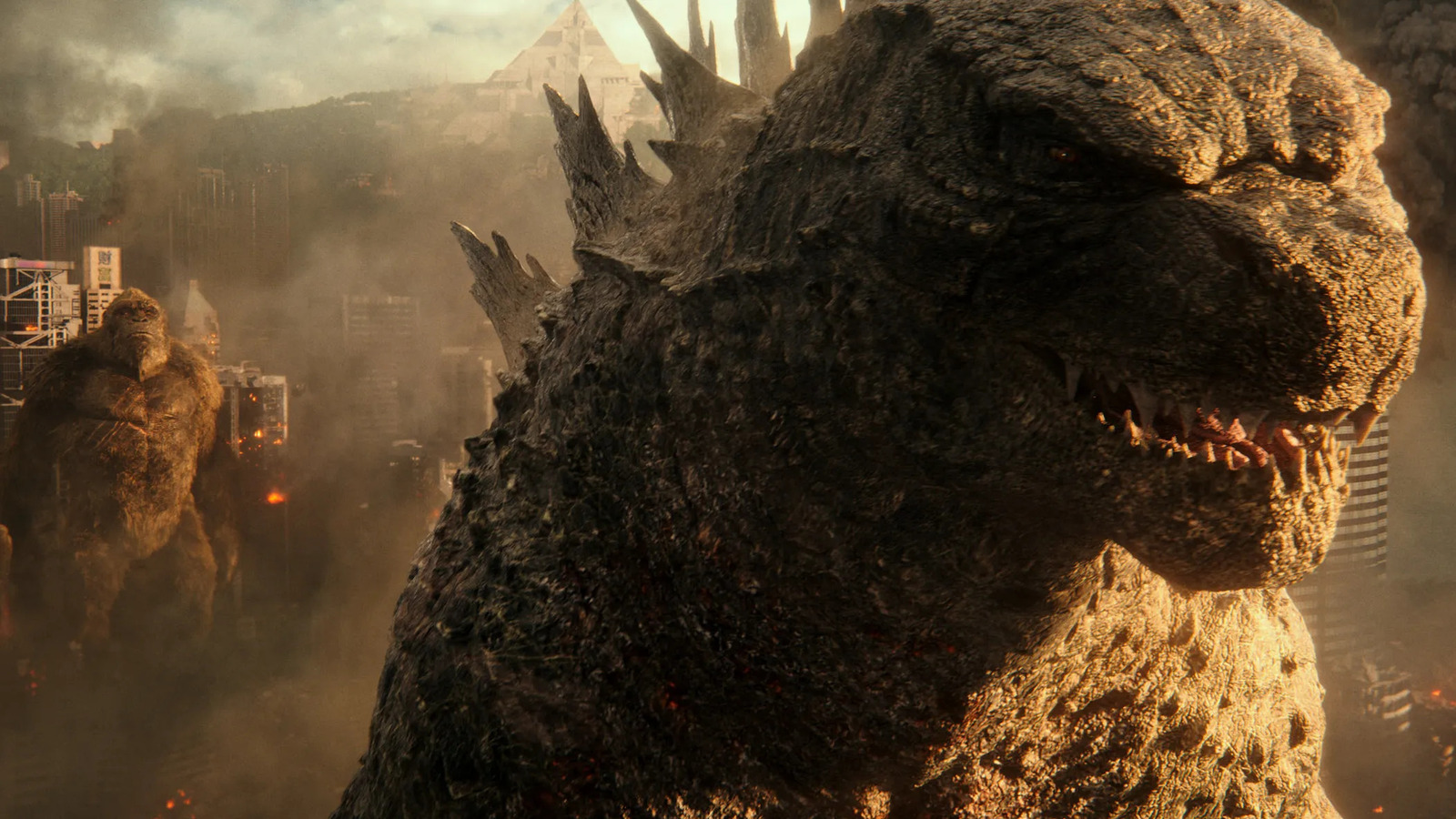In “Lethal Weapon,” Riggs and Murtaugh are forced to work together after Riggs’ constant erratic behavior (he is despondent over the recent death of his wife). The two cops don’t get along, and they have wildly different investigation styles, but they seem to understand one another right away. It’s hardly the first “mismatched-buddy-cop” movie, but it codified a lot of what the genre was capable of. “Lethal Weapon” was an enormous hit, spawning sequels and a TV series, and leaving a long trail of imitators in its wake. Its influence was certainly felt by Wingard, who was five years old when the first “Lethal Weapon” opened in theaters; he, like many his age, likely grew up watching Donner’s film and its sequels on cable TV.
Wingard notes the “uneasy truce” between Godzilla and Kong in his new film as being comparable to cops who work well together, even if they often bicker. He said:
“There’s a bit of a truce — Godzilla’s in control of the surface world and Kong is down in Hollow Earth. […] It wasn’t, ‘Okay, give me a call when something goes wrong, Kong. And I, Godzilla, will rush to the rescue!’ […] The buddy-cop dysfunctional relationship dynamic is probably the best one to describe Godzilla and Kong. My influences are always embedded with the ’80s, and the ’80s were prime for [that] storyline. […] There’s a lot of misunderstanding — the way that the monsters communicate isn’t straightforward.”
Indeed, the monsters don’t speak in most of the Godzilla movies. Traditionally, only Mothra’s fairy helpers can aid in translation. Only in 1974’s “Godzilla vs. Mechagodzilla” will the monsters be given on-screen subtitles.
